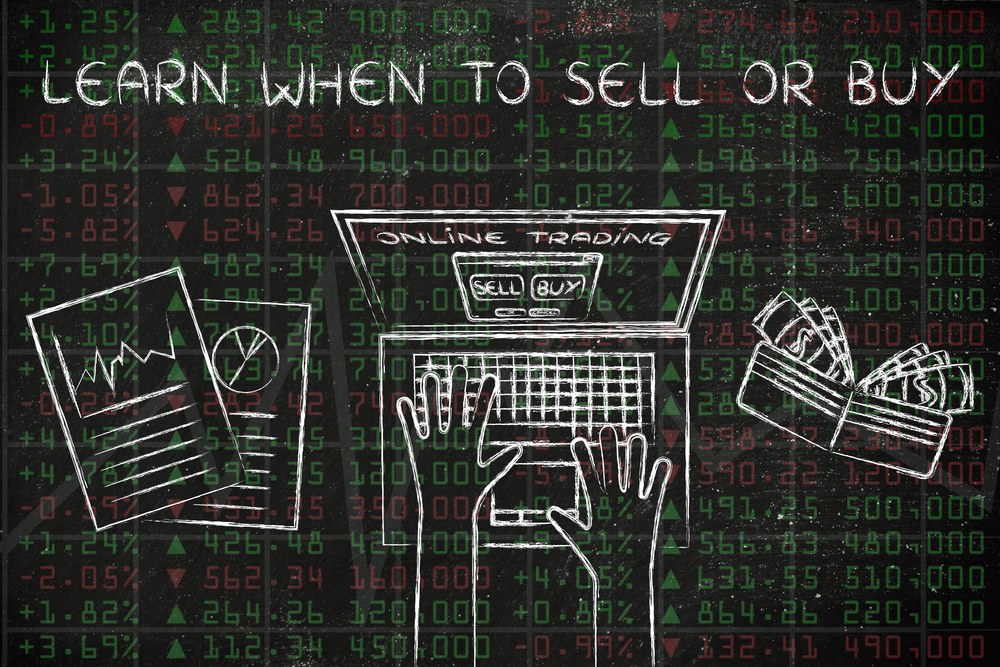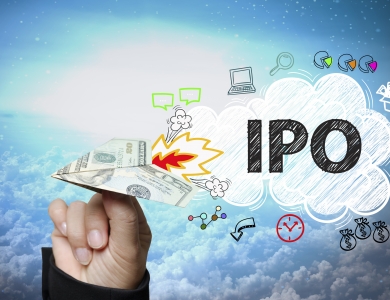We all know what a market is. It is where all trade happens. It could either be a physical location or an online-based platform where buyers and sellers meet and interact to trade goods, services, instruments – anything, really – for money or exchange.
At this point, you already know that stocks, too, are traded. The broad term within which stocks are traded is referred to as the stock market. However, stock trade can be further subdivided into two sections – Primary and Secondary markets. Let’s discuss the primary vs. the secondary market.
What Is a Primary Market or Initial Public Offering (IPO)?
In our previous article Stocks – The What, Who, When, Where, Why and How, we have mentioned that stocks are issued for the first time through an initial public offering (IPO). You might have heard in the news or movies before about companies “going public”. The IPO is actually synonymous with going public. It’s when a private company sells their stock to the public for the first time. See our article on Public VS Private Companies for further reading.
When corporations need to raise capital, one of the possible things that they can do is offer their stocks to the public through an IPO. This sale of stocks by the corporation to investors occurs in the primary market. It is important to note that in the primary market, securities are purchased directly from the issuing corporation.
In a general sense, the primary market is where newly issued securities are traded. This is not limited to stocks, though. Newly issued bonds, a type of instrument companies use to borrow money from the public – can also be traded in the primary market.
Let’s use the grocery store analogy. Retailers such as Walmart or K-Mart purchase their inventory from companies – such as Unilever, Proctor & Gamble, Mars, etc. – producing the products they are carrying. This is the primary market.
What Is a Secondary Market (More Commonly Known as the Stock Market)?
Simply put, the secondary market is the stock market. After the IPO or initial issuance of securities, the shareholder or bondholder may opt to further trade the securities to other interested buyers. In the secondary market, investors trade among themselves. Issuing corporations are no longer involved in the transactions that occur in this market.
When secondary sellers want to trade their financial securities in a stock exchange like NASDAQ, NYSE and the like, they need to “list” these securities in specific stock exchanges where they want them to be traded. Back to the grocery store analogy, in order for the store to carry your staple products, these products need to be listed first with the retailer.
Investors may also opt not to trade in exchanges, but rather, in over-the-counter (OTC) markets. This is a relatively unorganized system where trade is done through dealer networks. For further reading, see our article on Over-The-Counter VS Exchange-Traded Securities.

Using the grocery store analogy, the secondary market is the actual grocery store where consumers purchase their food, toiletries and the like. Organized stock exchanges can be compared to large-scale retailers such as Walmart, while OTC markets can be compared to small-scale sellers networking. Although, OTC markets also deal with extremely large sums of money.
